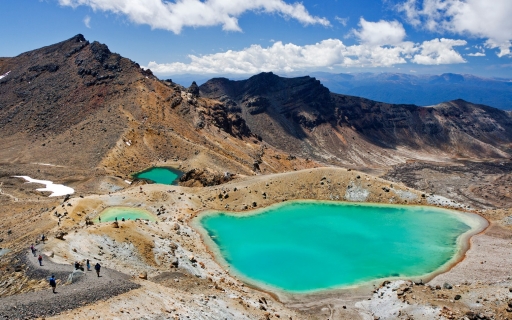Raumati South Rainfall & Precipitation: Monthly Averages and Year-Round Insights
This page shows the average amount of rainfall per month in Raumati South. The numbers are calculated over a 30-year period to provide a reliable average. Now, let’s break down all the details for a clearer picture.
Raumati South experiences significant rainfall throughout the year, averaging 1519 mm of precipitation annually.
Monthly Precipitation Levels
The average number of days each month with precipitation (> 0.2 mm)
The wettest period in Raumati South occurs in October, which receives around 154 mm of precipitation. During the driest month, March, Raumati South experiences moderate rainfall, totaling approximately 94 mm. The consistent precipitation levels throughout the year contribute to a relatively stable climate.
October, the wettest month, has a maximum daytime temperature of 14°C. The city receives 183 hours of sunshine in this period. During the driest month March you can expect a temperature of 18°C. For more detailed insights into the city’s temperatures, visit our Raumati South Temperature page.
Annual Precipitation in New Zealand
The map below shows the annual precipitation across New Zealand. You can also select the different months in case you are interested in a specific month.
 heavy rainfall
heavy rainfall
 high
high
 moderate
moderate
 low
low
 almost none
almost none
Amsterdam Precipitation Compared World Wide
Raumati South’s average annual precipitation is 1519 mm. Let’s compare this to some popular worldwide tourist destinations:
In Barcelona, Spain, the average annual precipitation is 644 mm, evenly distributed across the year with no extreme wet or dry seasons.
Beijing, China, receives 560 mm of annual precipitation, concentrated in the summer months.
Perth, Australia, receives 565 mm of rainfall annually, mostly during the winter months.
Singapore, situated near the equator, gets 2581 mm of rainfall annually, with no distinct dry season and consistent monthly precipitation.
How is Precipitation Measured?
Precipitation amounts are measured using specific gauges installed at weather stations, collecting both rain and snow and any other type of precipitation. Rainfall is measured directly in millimeters, while that from snow and ice is obtained by melting it. Automated systems often incorporate heaters to make this easier.
Information from these stations is transmitted via Wi-Fi, satellite, GPS, or telephone connections to central monitoring networks. This information is immediately updated and integrated into weather models and forecasts.
Interesting weather facts
- The U.S. has a significant number of thunderstorms every year, with over 14.6 million taking place across the world annually.
- Approximately 70% of lightning bolts strike land rather than oceans.
- A storm named John was the longest-lasting Pacific tropical storm, continuing for 31 days. As it crossed the dateline twice, it changed status from a hurricane to a typhoon and back to a hurricane.
For more detailed information about Raumati South’s weather, including sunshine hours, humidity levels, and temperature data, visit our Raumati South Climate page.
Current rainfall in Raumati South














